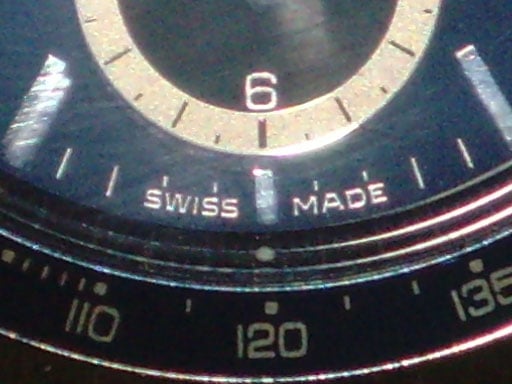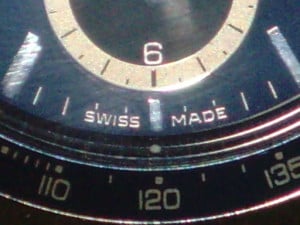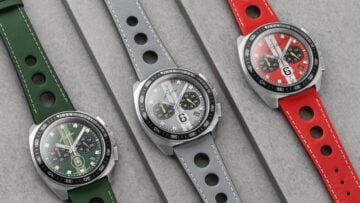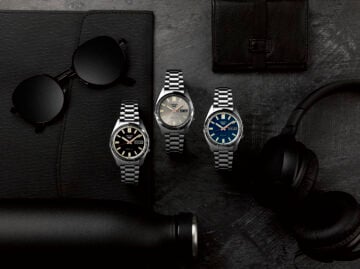When you see the words “Swiss Made” on a watch, you’d be forgiven for assuming that the entire watch, or at least the entire movement, was made in Switzerland.
Surprisingly, that isn’t the case. As explained in 5 Common Myths and Misconceptions About Watches, “’Swiss-made’ means that at least 50% of the parts inside the watch were made in Switzerland. It also means that the first and last wheel were added in Switzerland.”
But there have been people within the Swiss watch industry who have wanted to strengthen the law and, in 2017, that will happen.
What Will “Swiss Made” Mean In 2017
There is an amendment to the “Swissness” law taking effect in 2017 in order to ensure the maximum “Swissness” in all “Swiss Made” items. The main change that will come affect the watch industry in this law is the amount of components in the watch which will be made in Switzerland. Currently, all of the casing can come from abroad and up to 50% of the cost of the components inside of the watch. Which means that a good portion of some “Swiss Made” watches are manufactured in the far east at a very cheap cost, leaving only a small (but much more expensive, in order to hit the 50% cost threshold) portion of the movement being manufactured in Switzerland.
The new law requires that 60% of the entire cost of a watch is realised in Switzerland. While this doesn’t sound like much of an increase, it now won’t be enough for the majority of a movement to be manufactured at a low cost abroad and then assembled in Switzerland. It also means that at least some of the casing will have been made in Switzerland as well, making it even more Swiss!
How Will This Affect Swiss Watches
Many higher priced watches will not be affected at all, as most of those watches already reach the required standards. However some of the lower priced “Swiss Made” watches will need to start switching to Swiss suppliers, which will be more expensive. Chances are that the price of the low-end “Swiss Made” watches will start to rise, or stop marketing themselves as “Swiss Made”.
The law does allow manufacturers to use the term “Designed In Switzerland” if the design portion of the watch creation is carried out in Switzerland. There is a chance that some manufacturers will not want to raise prices to cover higher costs, so may decide to drop the term “Swiss Made” and go down this route instead.
There is debate over whether a new “Swissness” law is needed, as some manufacturers don’t feel as though the “Swiss Made” law needs to be so strict. Some say that the Swiss expertise is mainly in the movements and customers would not really care whether other parts of the watch were made in Switzerland. This is especially true in terms of watch cases, where the more complicated casing has never been manufactured in Switzerland: “most of these products come from the Far East,” explained Peter Stas, owner of Frédérique Constant. Mondaine have also made the case that it should be “Swissness more as a promise than a physical manifestation.”
Whichever side of the fence you sit on, there is no doubt that this change will make a difference as to how “Swiss Made” is perceived in the future.
Images: Fourdee, Дмитрий-5-Аверин







